The Role of SMEs in Oman’s Transitioning Energy Sector
Firas A H Al-Abduwani, PhD, Founder & CEO of HTC (Hussam Technology Company)
What is Oman’s roadmap for its energy transition?
What is the readiness of Oman’s Small and Medium Enterprises (SME) segment to participate in this opportunity and responsibility?
Reflecting on these two questions sets the canvas of where we are, and with the strokes of policy makers and entrepreneurs and the vivid paints of zeal and dedication, we can paint a vibrant, fair and inclusive portrait of our future destination.
In this article I aim to share with you my personal reflections and aspirations for Oman, highlighting both challenges and opportunities along with some recommendations for us SMEs to play a meaningful role in the next phase of Oman’s development.
First, I’ll start by setting the background.
Anthropogenic (human-caused) emissions of green-house gases (GHG) since the first industrial revolution are believed by many to be directly linked to global warming and its adverse impact on the environment. Carbon dioxide (CO2) – the largest GHG emitted by industrialisation has increased atmosphere concentration from 280 ppm to 405 ppm which in turn has a heating effect of 2 watts per square meter of earth surface – see Figure 1. Which in turn is associated with many of the adverse environmental changes we’re witnessing today.
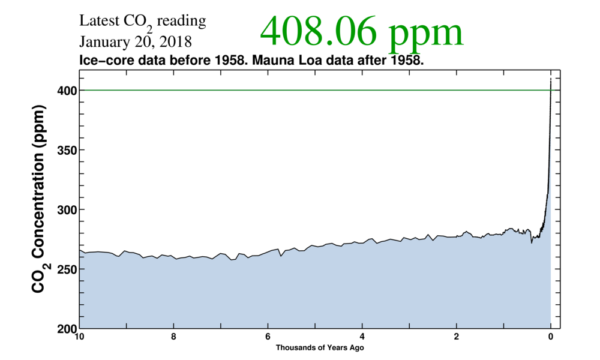
Figure 1: CO2 concentration of the atmosphere during the Holocene, measured in the ice cores from Antarctica until 1958, afterwards Mauna Loa Observatory in Hawaii. Source: RealClimate.
Given that 73% of anthropogenic GHG emissions are caused by Energy consumption – see Figure 2 – (which includes transportation, electricity, heating and cooling, buildings, manufacturing, construction, fugitive emissions and other fuel combustion), the primary culprit naturally lends itself to become the primary solution and hence the term Energy Transition. IRENA in its Global Renewables Outlook: Energy transformation 2050 report foresee Renewables, Energy Efficiency and electrification to potentially address 90% of the required energy related emissions reduction measures – see Figure 3. While these are top three measures globally, each country needs to assess what their most contributing measures would be, how they intersect with their national objectives, what the best synthesis for them as a nation would be, engaging the different stakeholders and gaining their commitment and setting the execution into play in measured and timely manner.
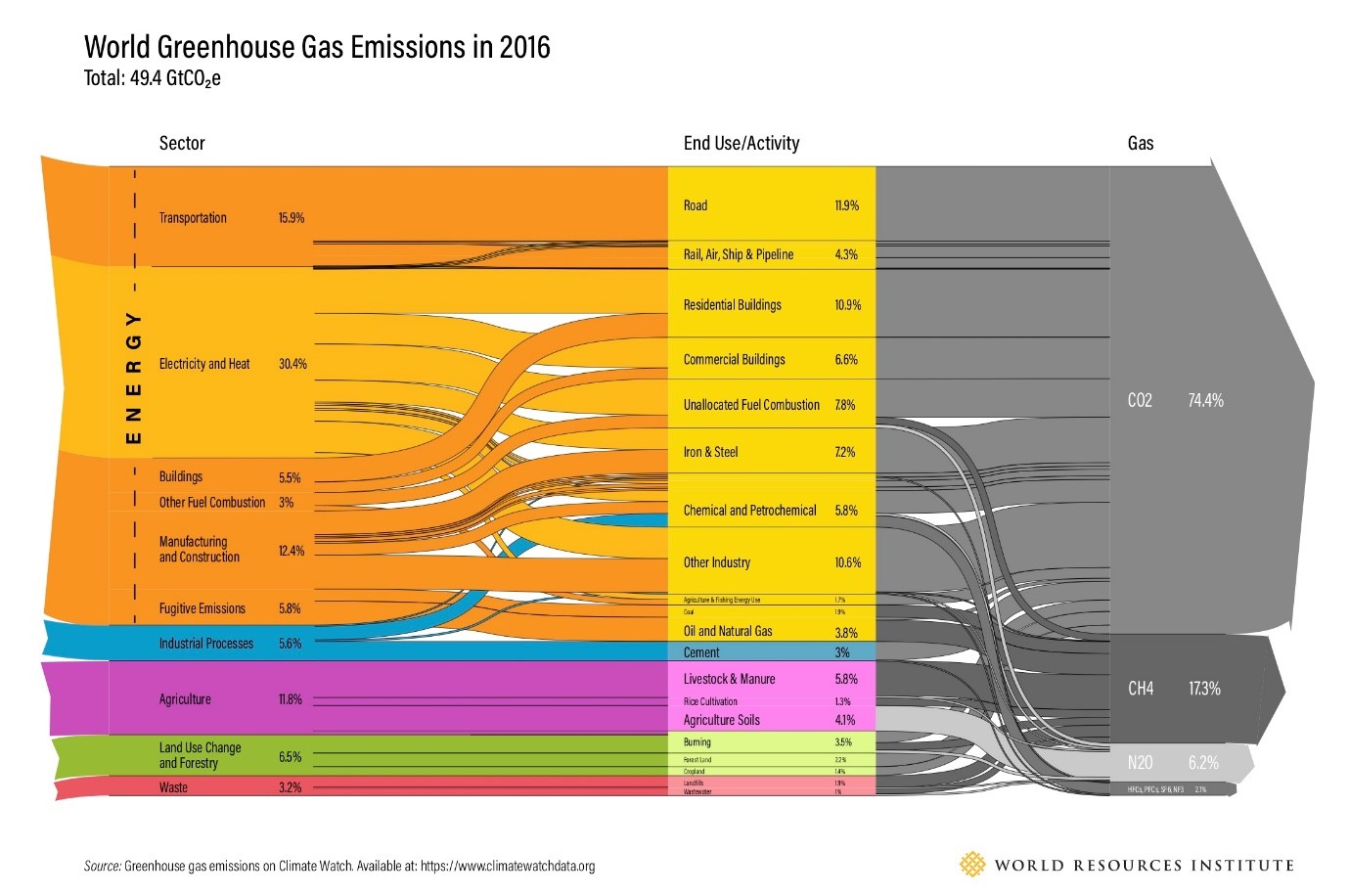
Figure 2: World Greenhouse Gas Emissions in 2016 (Sector | End Use | Gas). Source: World Resources Institute.
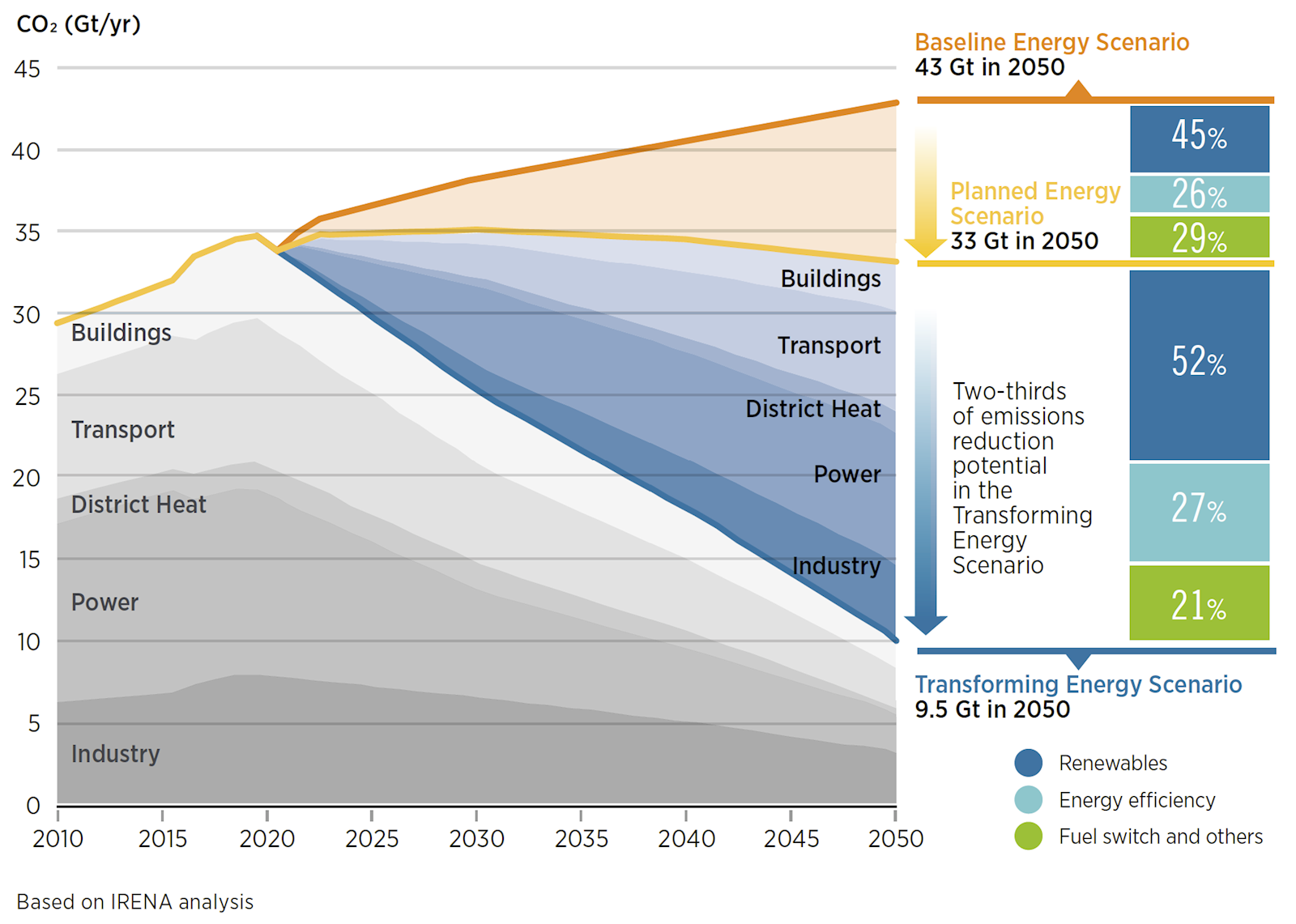
Figure 3: Contributors to the reduction of energy related emissions. Source: IRENA’s Global Renewables Outlook: Energy transformation 2050.
Having set the global backdrop of our conversation, I’d like us to shift the focus on to Oman and understand what Oman’s Nationally Determined Contributions (NDCs) are – refer to UNFCCC’s NDC Registry. Oman’s formal NDC is to curtail the growth of GHG emissions to 2% during the period 2020-2030. Five mitigation contributions are set out in the NDC, and Renewable Energy and Energy efficiency are listed in three of them. In 2018 ISFU conducted the Energy Lab in which 9 electricity related projects were listed, all of which unlock or are directly related to renewable energy and energy efficiency. Of these projects, two are optimally sized for SMEs – namely Sahim Residential and Yaseer, and the remaining three projects SMEs can contribute indirectly in the value chain. These two projects, while optimally sized for SMEs, don’t necessarily translate into inclusion of SMEs unless certain capacity building measures are enacted along with a review of existing policies and regulations that may be restrictive to SME inclusion.
But why should SME inclusion matter?
Small and Medium Enterprises (SMEs) are an essential component of the economic fabric of countries, accounting for the vast majority of registered enterprises, contributing on average to around 50% of the GDP and 65% of employment. As such, SMEs play a significant role towards social stability, innovation, inclusive growth, and poverty alleviation. To some economist there is a direct correlation between the health of the SME segment and the size of the middle class of the nation and perception of meritocracy.
In Oman, SMEs constitute over 99% of registered companies and contribute to around 15% of the GDP and 45% of employment, of which 12% are locals. These numbers indicate that there is a significant opportunity for SMEs in Oman to fulfil the role other SMEs play in the development of their nations. It further suggests that there are structural challenges, policy and/or market failures, and capacity challenges for the SMEs in Oman to be playing such a diminished role in the economy – a topic that deserves its own discussion.
The number of SMEs involved in the energy sector and specifically in the electricity sector is difficult to ascertain. The number of contractors registered with DCRP (the LV, MV and small scale solar contractor accreditation body) is around 250, of which SME by revenue and headcount make around 100. Those SMEs that hold the “Riyada card” (i.e. formally recognised by the government as the type of SME that they consider to meeting their criteria for support and development) are around 15. As such, the SME contribution in the electricity sector in which they represent 6% by number of registered companies and 1.5% by headcount and revenue is another telling metric that is worthy of investigation.
The highlight for SMEs in the electricity sector is that the leaders in ICV (in-country value) and capability development are the major players of the energy sector (oil and gas) who are all pursuing energy transition in their own way.
Shell’s Solar-into-Schools (SiS) programme, which was launched in 2016 and specifically targeted SMEs and focused on capability development, had an immense impact on galvanising the interest of SMEs and harnessing their dedication. The combination of top notch specialised solar training, along with the golden standard of HSE, and on-site supervision propelled many SMEs into the sector – see Figure 4. Six of the 10 Riyada SMEs in the DCRP solar EPC list are beneficiaries of Shell’s Solar into Schools programme. Importantly, 2 of the top 3 market share leaders of small-scale solar are SiS alumnae of which HTC is one. While HTC had ISO 9001 before it engaged in Shell’s SiS, the interaction with Shell propelled HTC to further gain ISO 14001 and ISO 45001 certification.
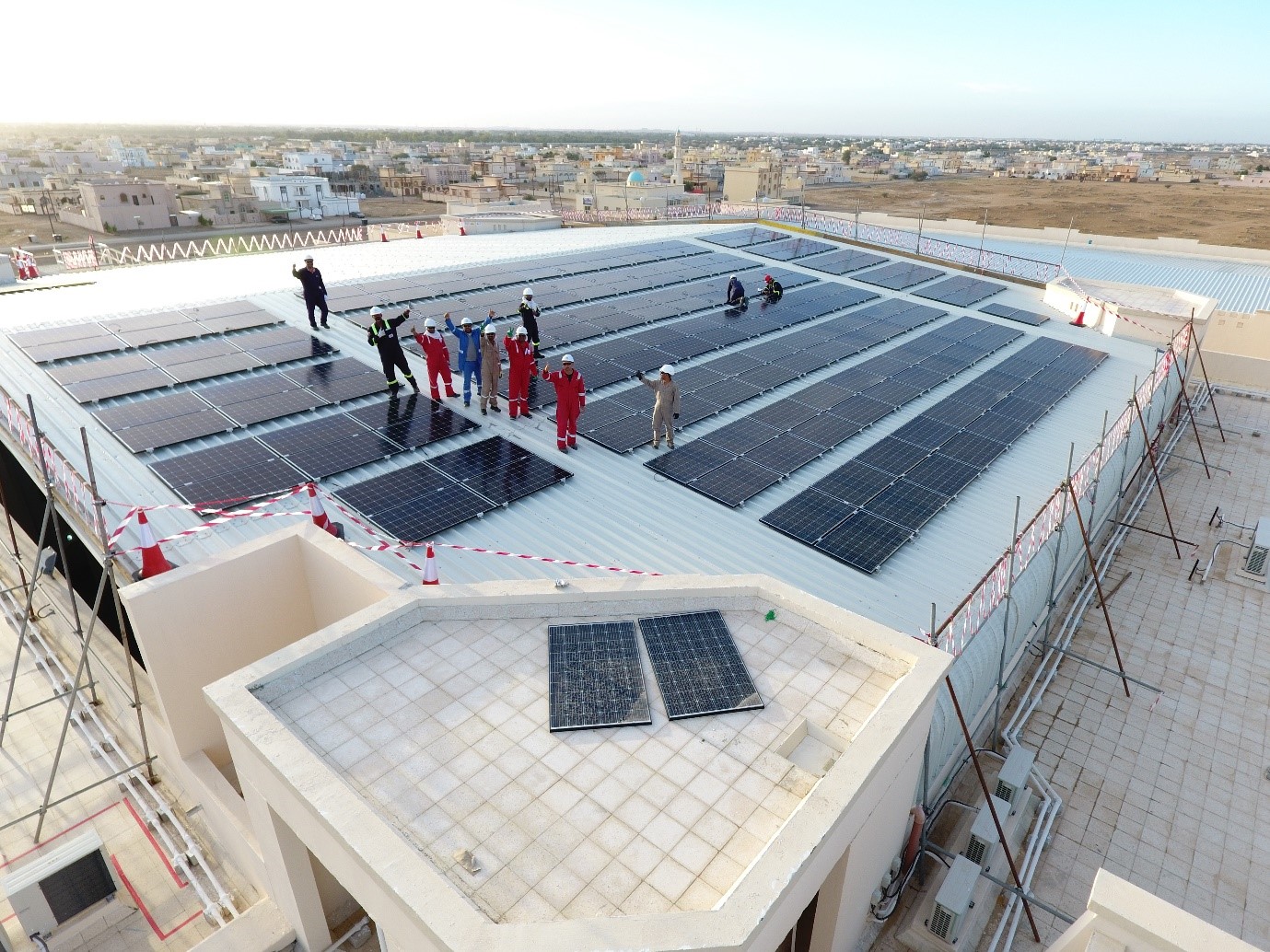
Figure 4: Oman's first AER (now APSR) -compliant grid-connected small-scale-solar plant delivered by HTC courtesy of Shell's Solar-into-Schools programme
Other oil & gas players followed suit and had significant contributions such as BP, PDO and OLNG to name a few. Their contributions range from funding the establishment of Oman’s first physical training centre, which trained hundreds of PV professionals in Oman and regionally (Figure 5), to the deployment of residential-compound solar-PV installation whcih prepares SMEs for APSR’s Sahim Residential project (Figure 6). They further enabled SMEs to play a consultancy role in some projects and in others they structured deals in which SMEs entered in consortia with large enterprises to address C&I (commercial and industrial) scale projects. While the first such pilots were experimental, the mutual benefit assessed and mutual respect earned between the SMEs and large enterprises in these consortia led them to carry out further projects collaboratively without any imposition from third parties - a major achievement in my opinion.
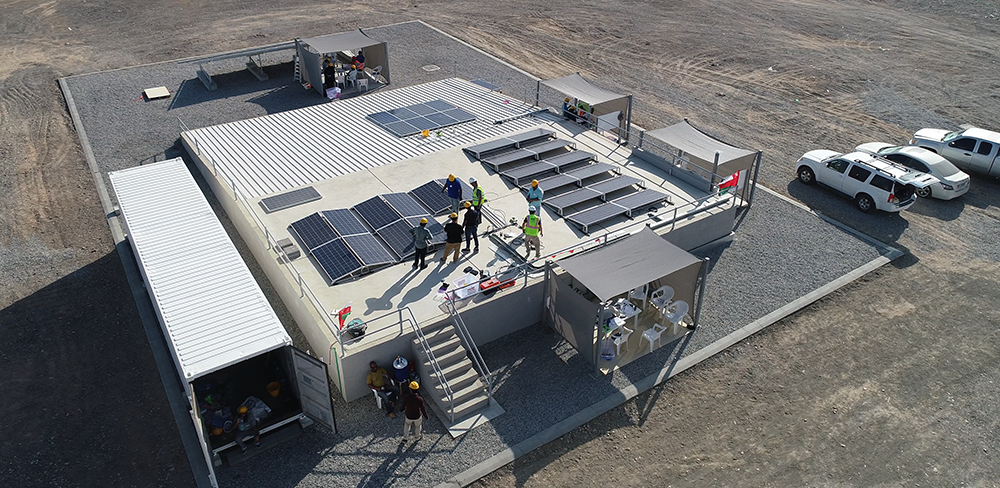
Figure 5: Shams Global Solution's PV201L hands on training in collaboration with Solar Energy International located at German University of Technology enabled by BP's sponsorship under its Social Investment Program (SIP).
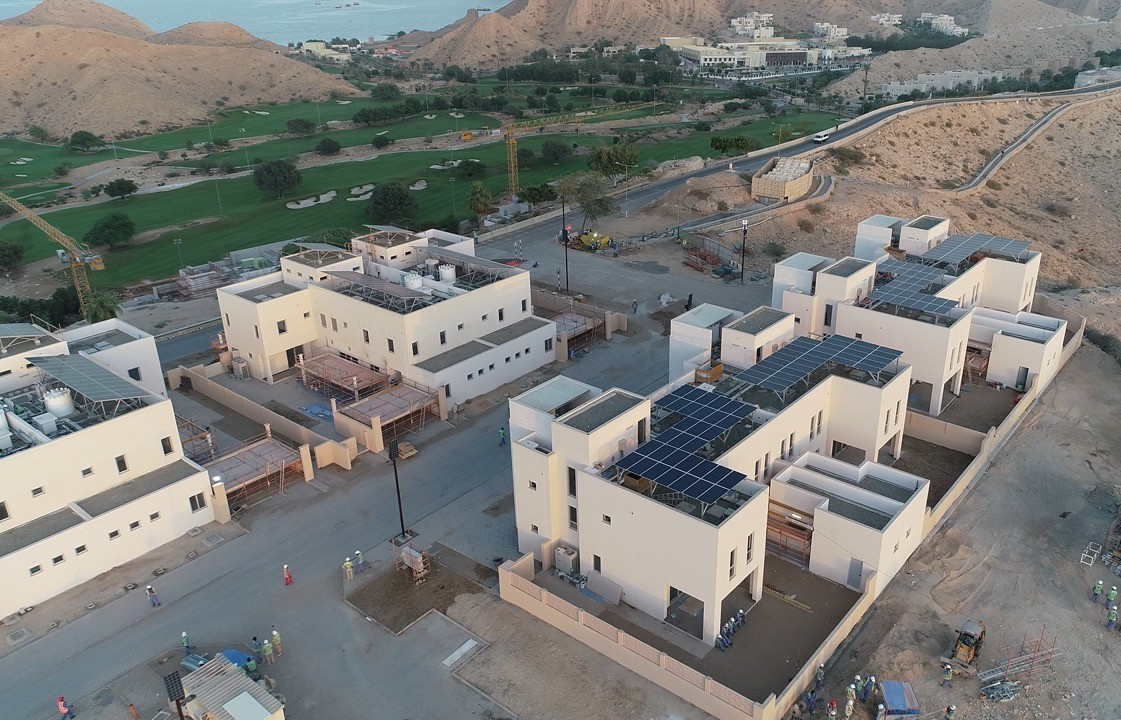
Figure 6: PDO's Awaifi Villas solar PV pilot awarded to two SMEs as nominated subcontractors to the primary EPC contractor. Solar pergolas deployed on the right-hand side villas were designed, constructed and commissioned by HTC.
The example set by these leading enterprises shows that sustainable businesses can be nurtured and developed. And yes, initially there will be a cost associated with such development. However, the benefits and long-term net savings outweigh the initial investments and costs. What would Oman's youth and workforce feel about not being included in delivering APSR’s Sahim Residential programme? What a missed opportunity it would be not to utilise our significant pool of human resource in riding the post-COVID green recovery!
In conclusion there are three areas that demand attention that I’d like to highlight are: (1) reforming the SME Authority and revisiting its purpose and strategy (which is under way and further enabled with the recent ministerial restructuring), (2) revisiting the renewable energy and energy efficiency policies and regulations and in particular those linked to the form of financing allowed, (3) setting up clear RE and EE projects and building the local capabilities to fulfil them.
SMEs can without a doubt play a major role in Oman’s Green Economy. The artist’s hand to paint the glorious portrait that we all yearn for on the canvas need only to consider examples already established in Oman and dream beyond them with ingenuity, determination and calculation.